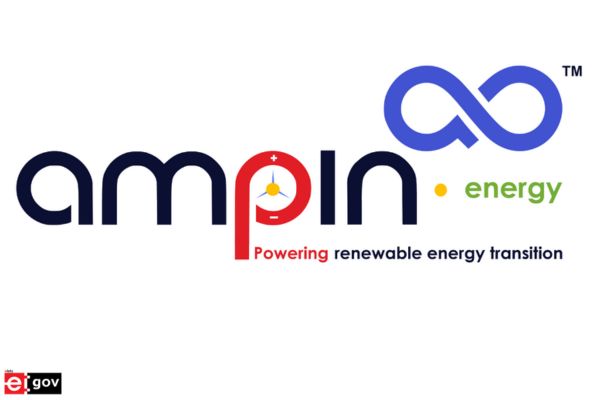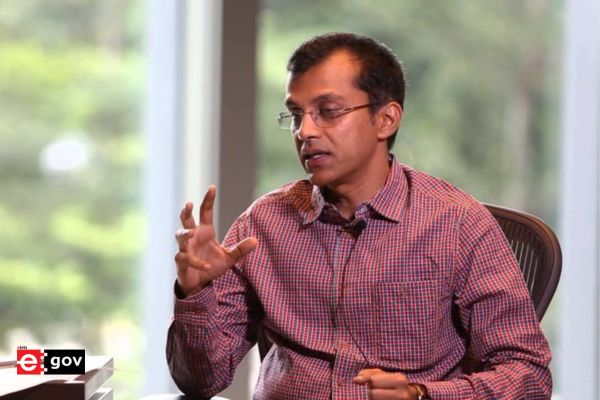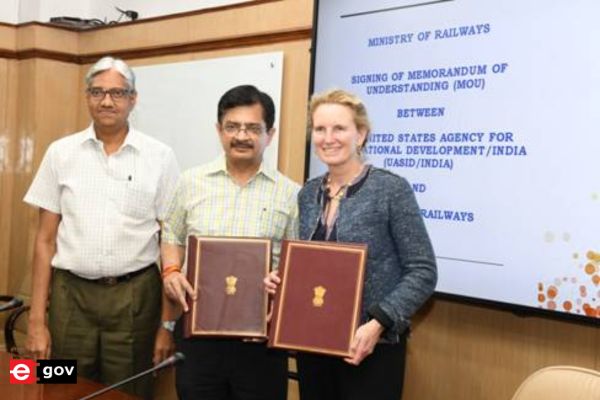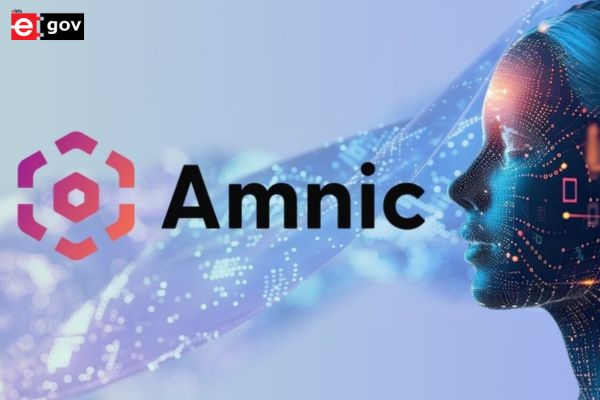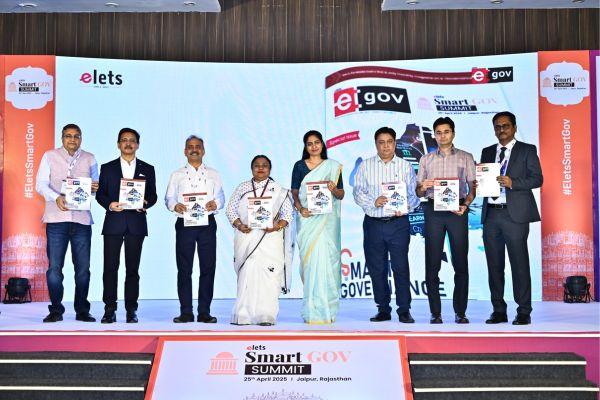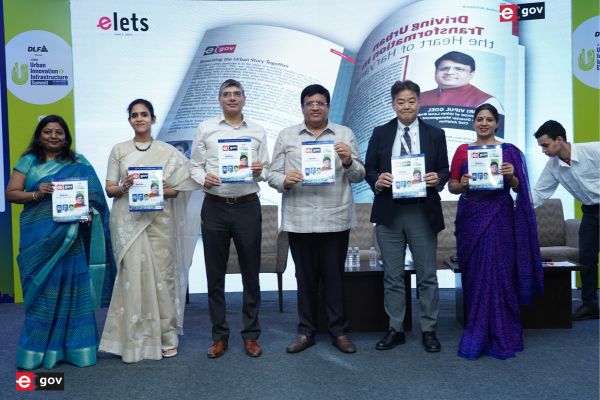Process Begins to Issue Unique ID Number to all Indians
The Government of India recently notified setting up of a national authority to provide permanent ID number to each one of its over one billion citizens. The identification number will be provided by the National Authority for Unique Identify (UID), an entity under the Planning Commission.


